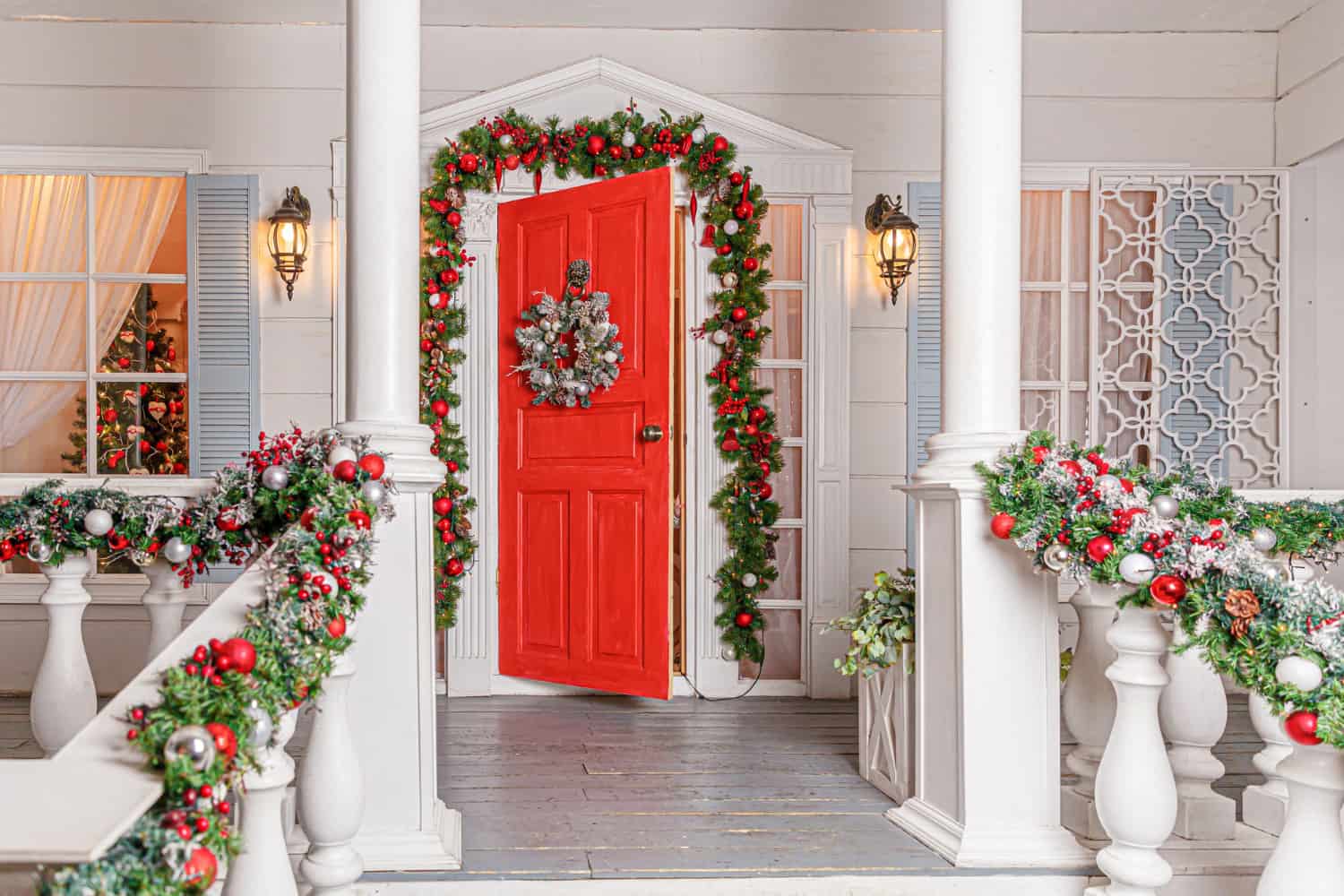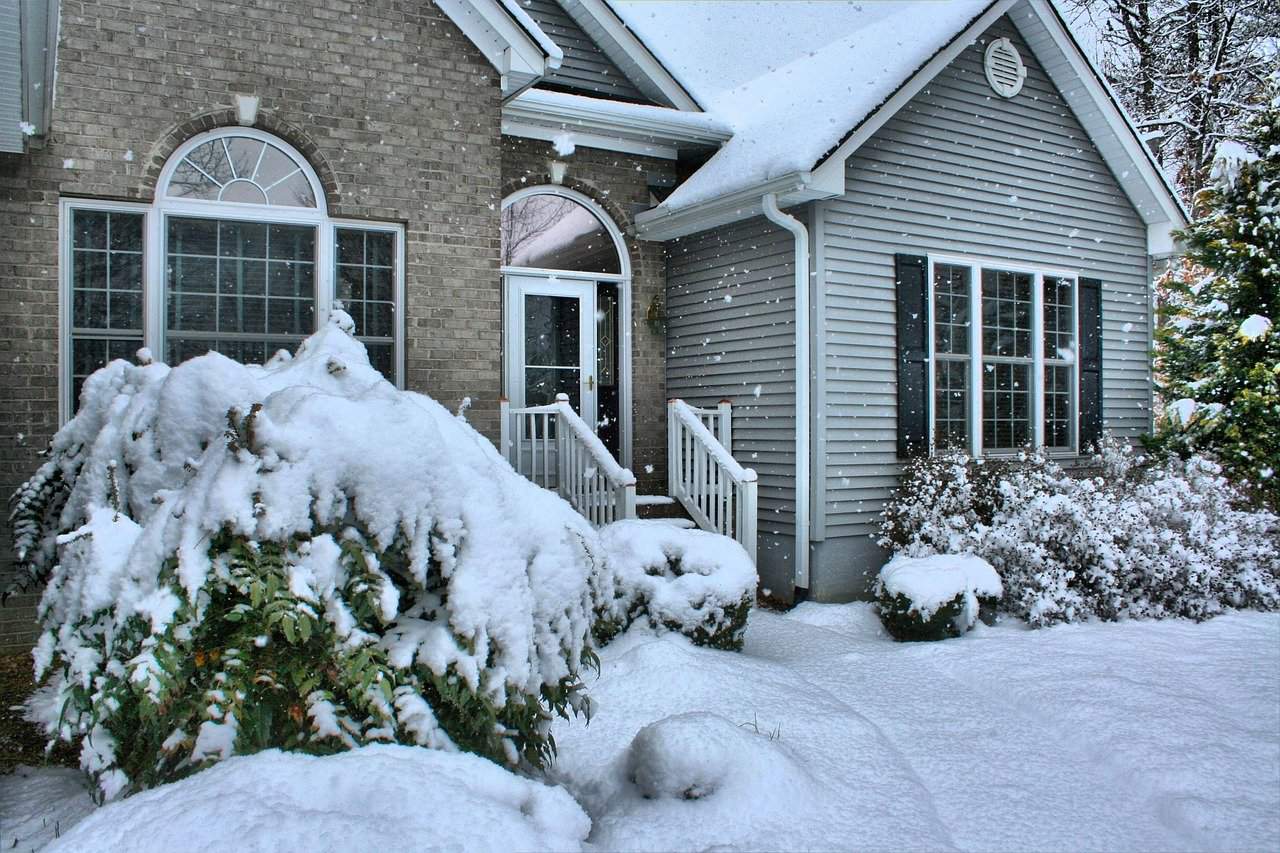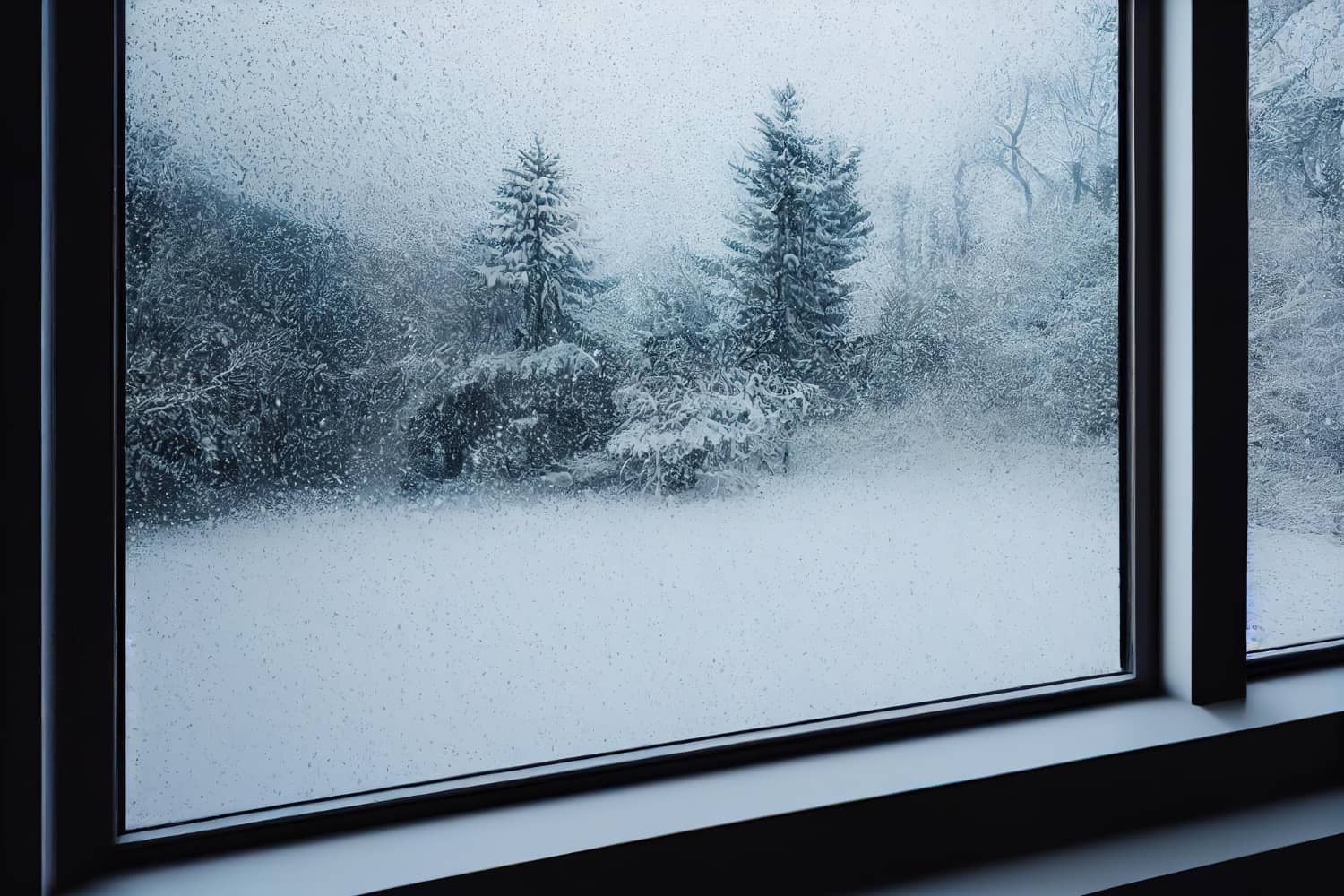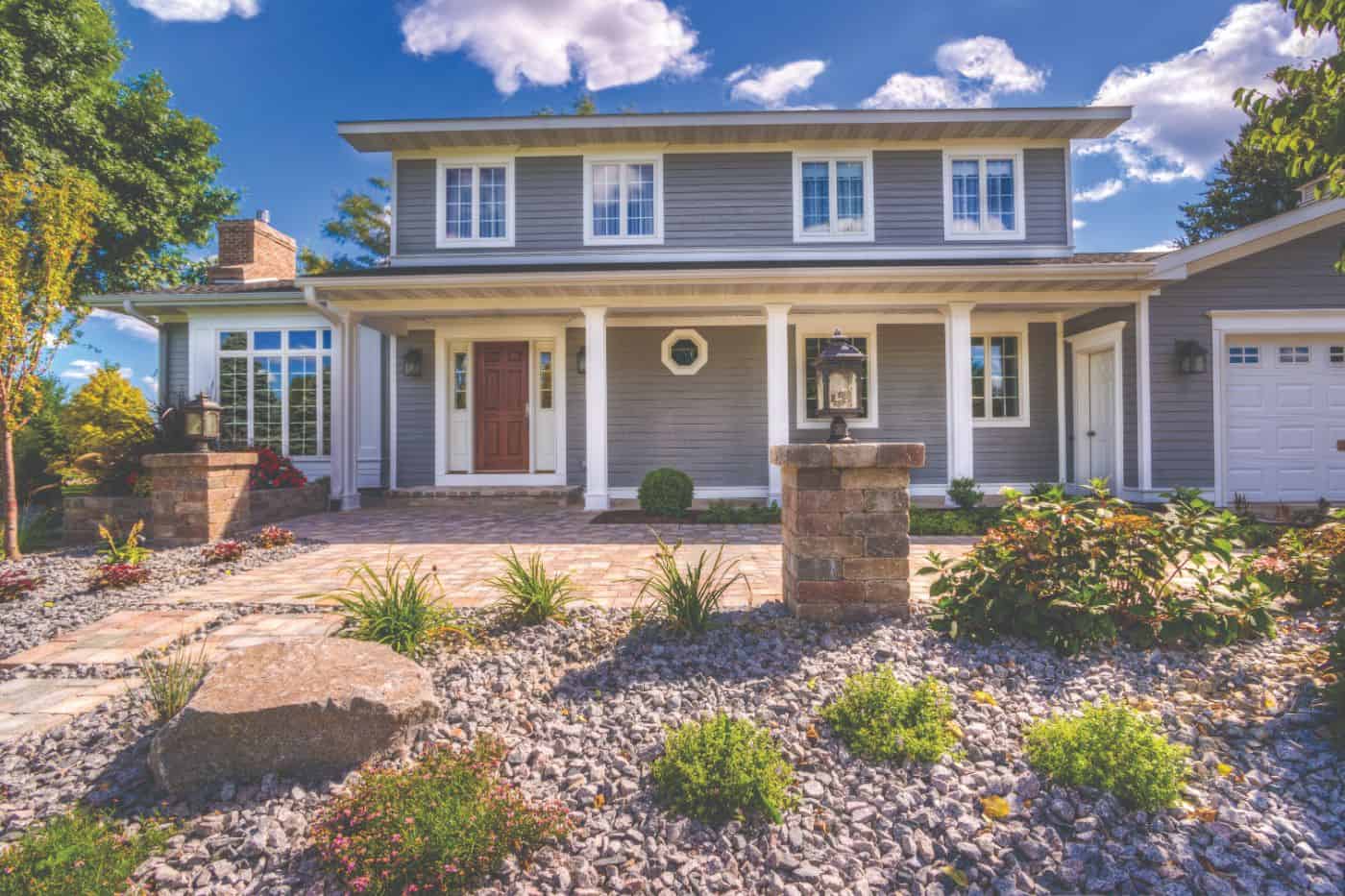Garden Window Ideas for the Home Chef
Calling all home cooks! Here in Wisconsin, we’re known for having an affinity for great food, and many home chefs in the Greater Milwaukee area love to spend some time in a well-lit kitchen—especially a kitchen with an indoor garden.
If you’re considering replacement windows in your home, including a garden window in your plan is a fantastic way to increase the amount of light and enhance the personality of your kitchen. This delightful feature has a lot of aesthetic appeal as well as practical benefits. Here’s why you should consider adding a garden window in your kitchen.

What is a Garden Window?
So, what is a garden window? It’s a window that projects outward from the wall of your home—like a small bay window. Garden windows are usually found in kitchens, often right above the kitchen sink. A greenhouse window includes shelving for plants and receives ample sunlight, making it the perfect spot for an indoor mini garden.
Most garden windows consist of a central fixed pane (again, similar to bay or bow windows) with openable windows on either side, which is ideal for ventilation. The glass sides create a mini-greenhouse effect. Garden windows bring in lots of natural light from multiple angles.
Here in Wisconsin, our colder winters limit our outdoor growing season. A garden kitchen window with an indoor greenhouse is a great way to compensate for shorter harvests. With plenty of space for herbs, vegetables, and even beautiful flowers indoors, you can extend your growing season and bring lush greenery into your life.
Garden windows are also a great option for homeowners from Cudahy through Milwaukee and on up to Saukville. When that chilly Lake Michigan air blows in during the cloudy Wisconsin winters, a garden window lets in more warmth and light. It’s easy to get a little down in the winter months, but a cheerful garden window is an excellent choice to make your home feel like a little oasis.
At Weather Tight, we offer energy-efficient replacement windows that are made to withstand cold weather. Tight seals and insulated glass help retain heat and keep out drafts.
While garden windows are a great choice for any home, they’re especially nice here in the Midwest when we all like a little warmth, sun, and nature to bring some cheer.
The Benefits of Garden Windows
Garden windows have many great benefits. Here are a few of the top reasons you should consider adding a garden window to your kitchen.
1. Natural Light
The natural light of a garden window brightens up your cooking space with direct sunlight. The abundance of illumination improves visibility—making it easier to read recipes, chop ingredients, and work your kitchen magic. Not to mention that exposure to natural light lifts your mood and energy levels. Feel inspired in the kitchen again!
2. Fresh Herbs and Produce
A significant benefit of a garden window is that it acts as a mini greenhouse right inside your home. Grow herbs and small vegetables. Have constant access to organic greens for a healthy salad or side dish. With a garden window, you’ll gain a deeper understanding and appreciation of plant-based ingredients, offering you a more mindful cooking experience.
3. Visual Connection to Nature
One of the main draws of a garden window is that they’re quite charming and add a lovely aesthetic focal point to your kitchen. Enjoy a connection to nature and the growing world when you observe how the seasons, weather, and light impact the cycles of your plants.
4. Extra Space and Organization
A garden window adds a little more space to your kitchen area. The shelving offers a great spot for plants, other decorative items, and kitchen supplies. Store a few essentials on your garden window sills and get a greater sense of openness and space (even in a small kitchen).
5. Fresh Air and Ventilation
The kitchen is one of the main areas where your home can experience excess condensation from the dishwasher, stove, and cooking activities. Food odors can also become stale and less than pleasant. A garden window offers plenty of airflow and sunshine to help the air in your kitchen stay fresh.
6. Boosted Home Value
A unique feature like a garden window in the kitchen can appeal to buyers. These attractive additions give your home personality and an extra architectural design incentive to stand out. Replacement windows generally improve curb appeal and boost your home’s value. A garden window is a fun and appealing way to make your kitchen (one of the most important rooms in your home) shine.
Find Out About Garden Windows from Weather Tight

Explore all the kitchen garden window ideas. From fresh parsley, thyme, basil, and dill to baby field greens, a garden window offers your home abundance, beauty, and extra nutrition. Families love garden windows, as they give kids the perfect place for some hands-on experience with gardening, even during colder weather.
Home cooks also love garden windows, which give them constant access to fresh, organic ingredients. Get culinary herbs and edible plants in an instant. Grow small items like hot peppers, spinach for smoothies, or edible nasturtium flowers to elevate your meals to restaurant-worthy status. Include aloe vera and other plants with health benefits in your indoor herb garden. A succulent garden is also a good idea.
If you’re considering replacement windows, or even if you’re just looking for a way to revive and refresh your kitchen, a garden window is a terrific idea. Choose from an array of styles and finishes, from sleek garden windows with a modern look to charming windows that feel right at home with a farmhouse aesthetic.
Reach out today for a free estimate from Weather Tight. Our friendly representatives will be happy to discuss all the garden window options and other replacement window types that complement your home’s style and design.

 414-459-3874
414-459-3874















 Text Us!
Text Us!









